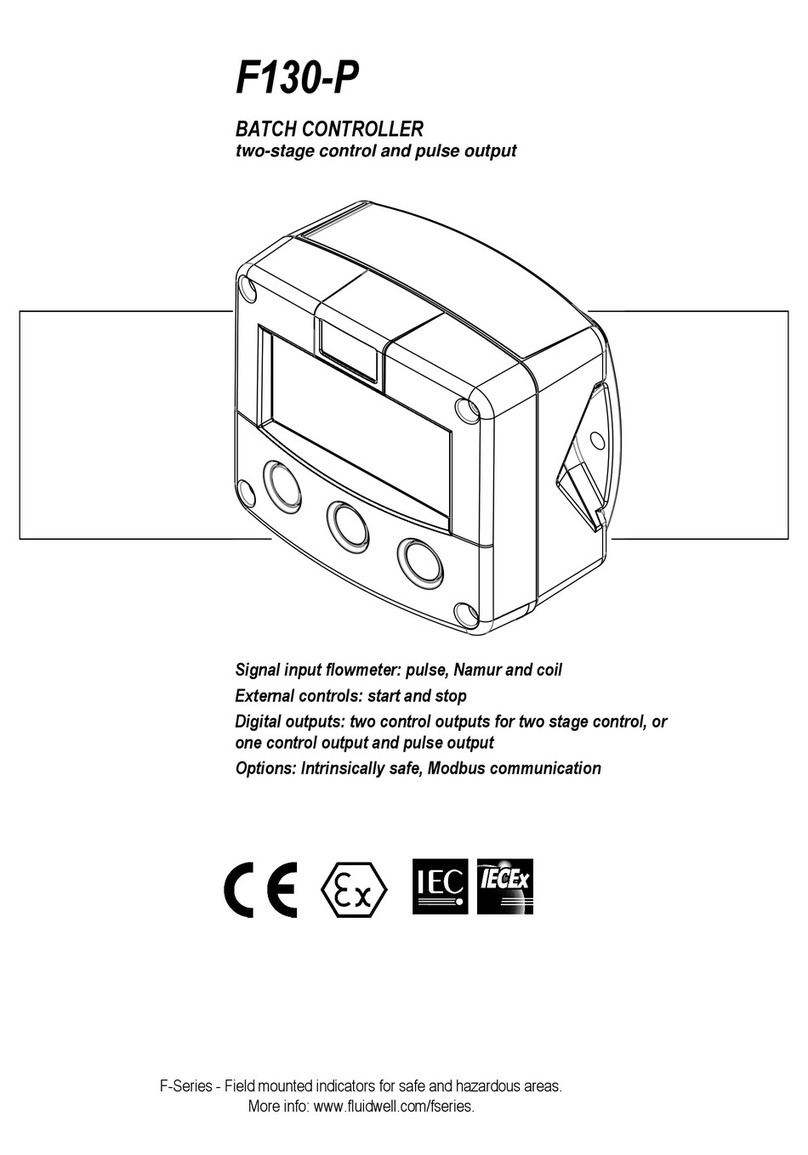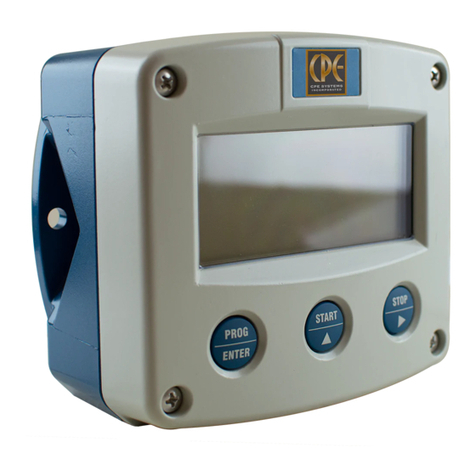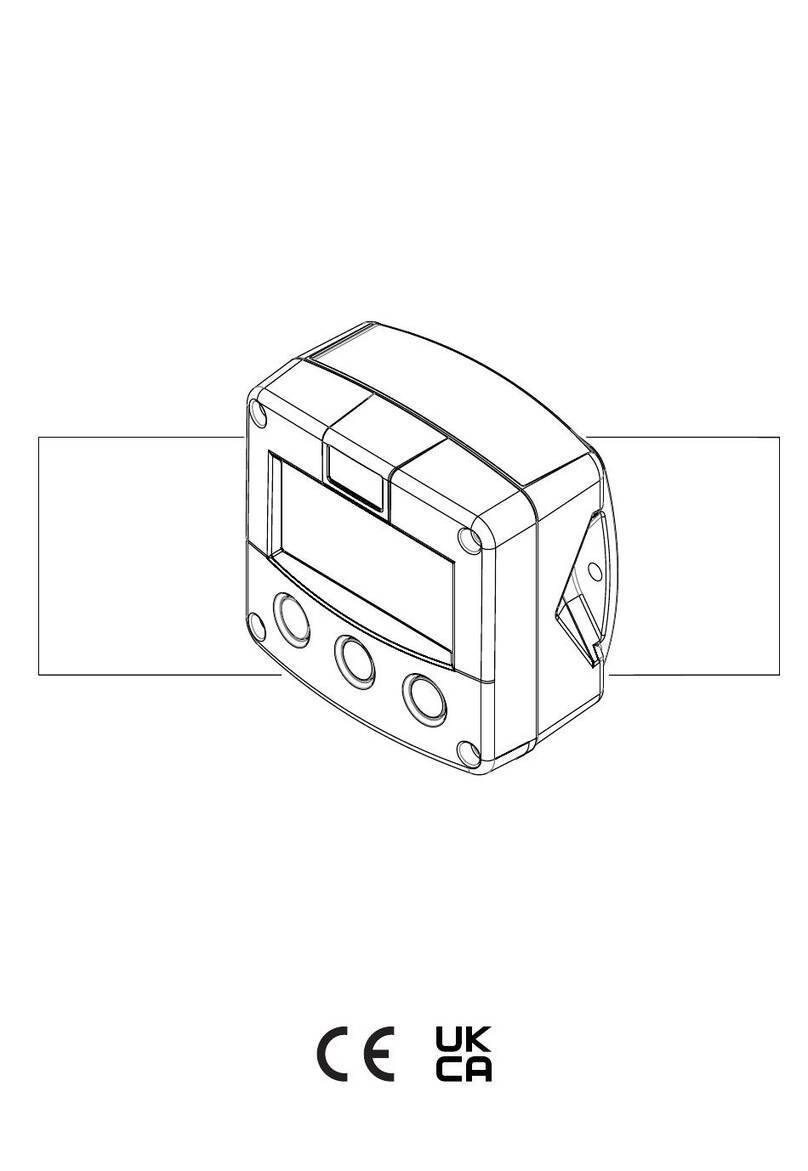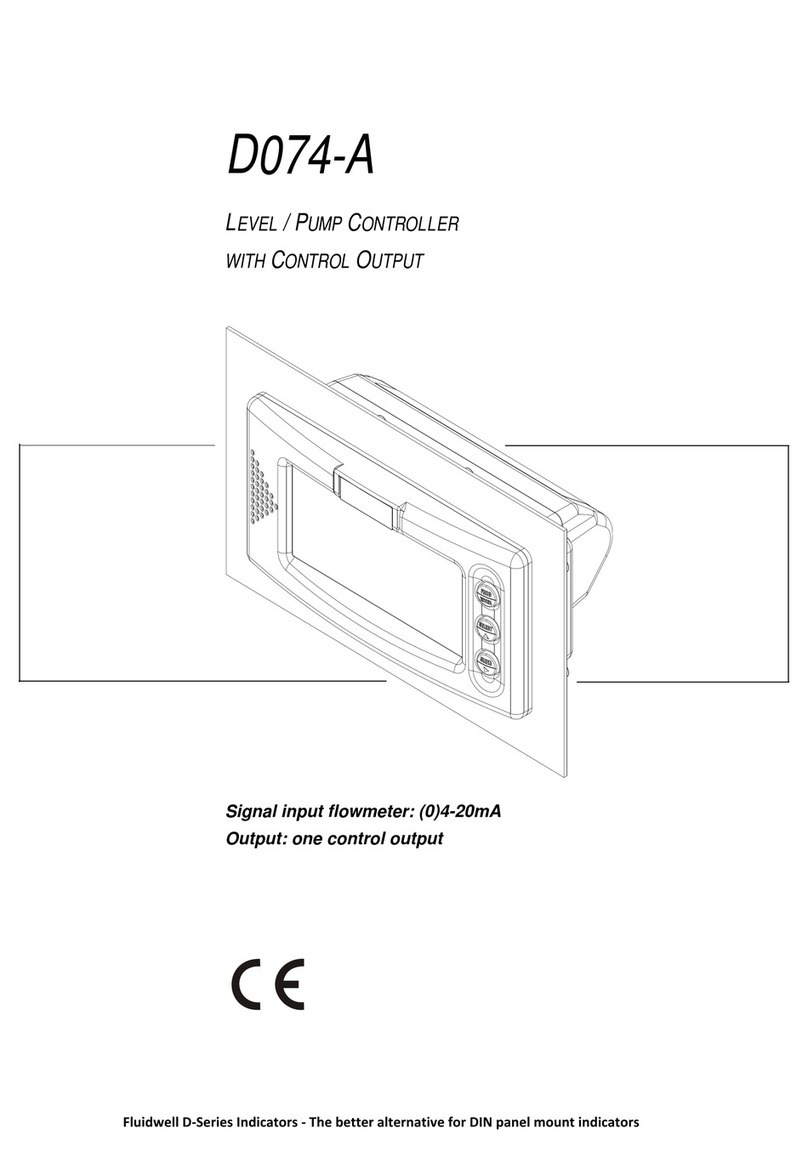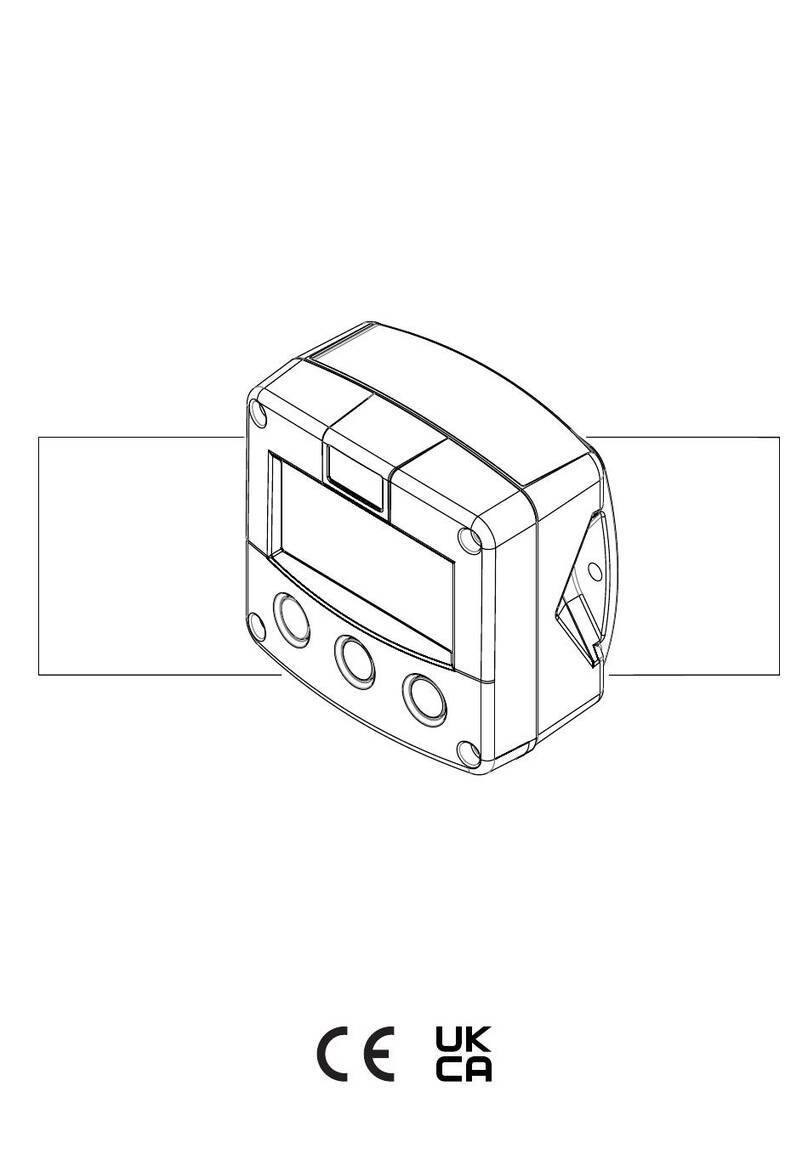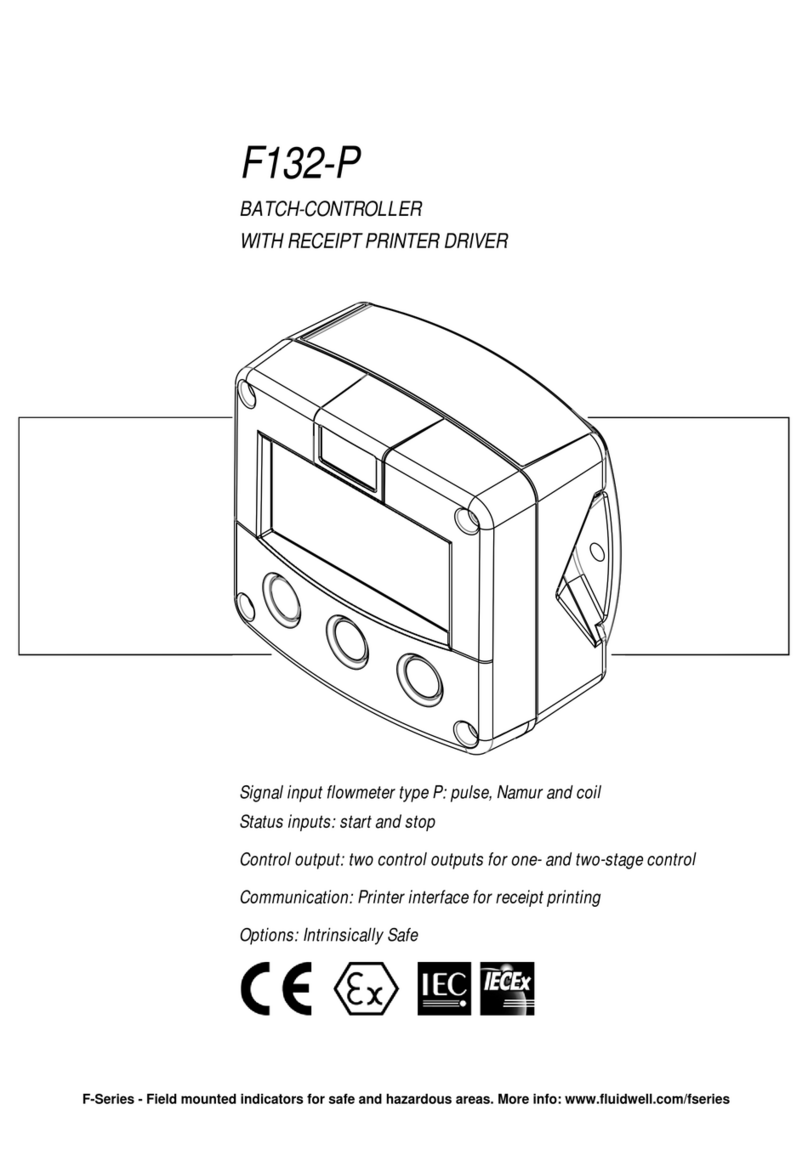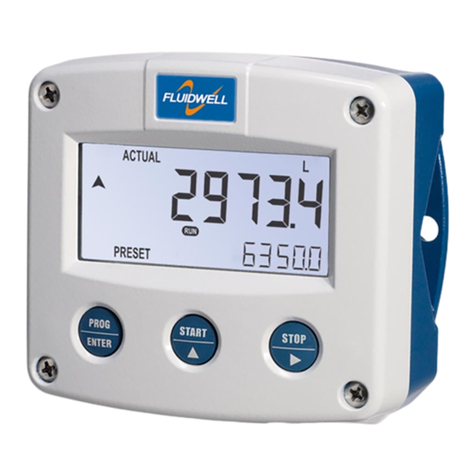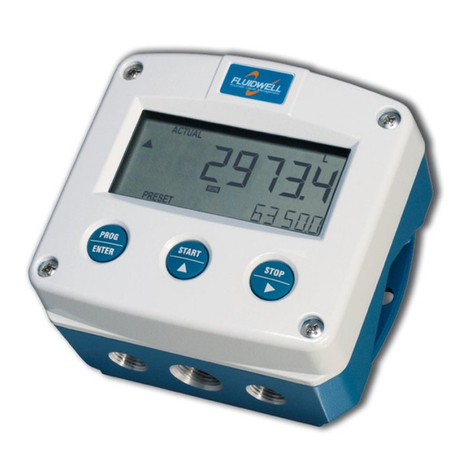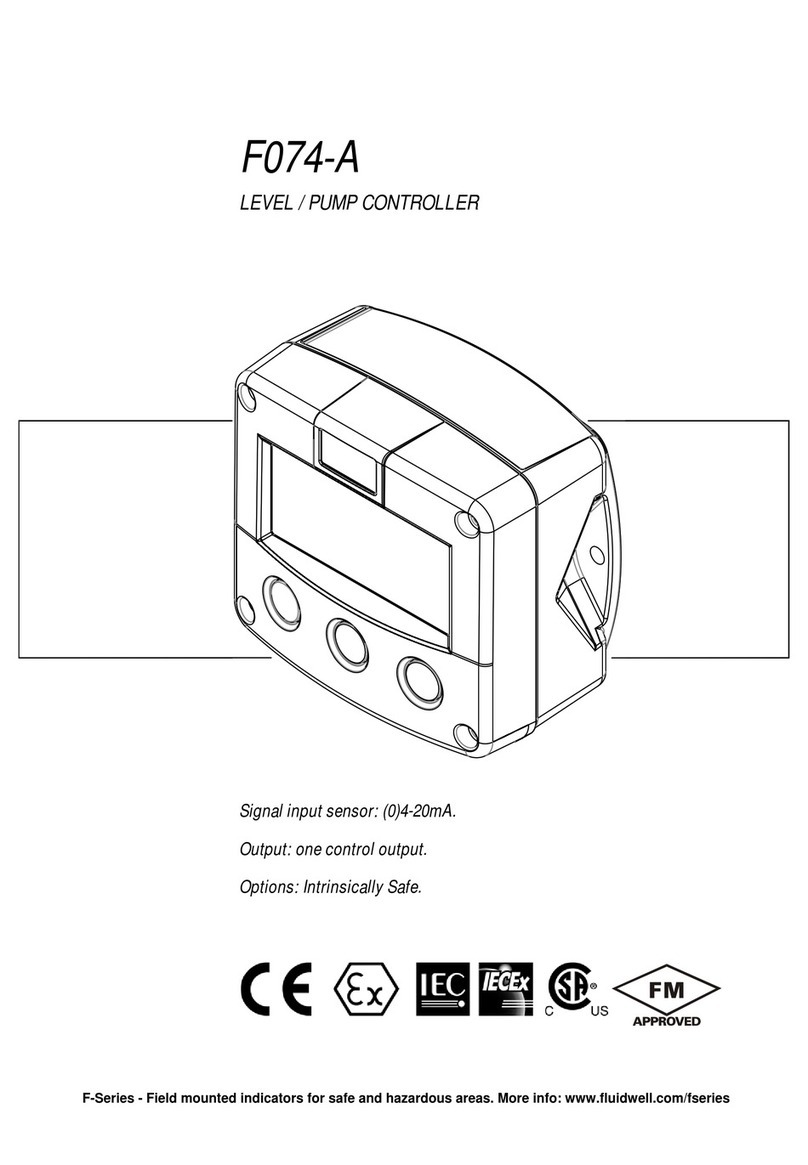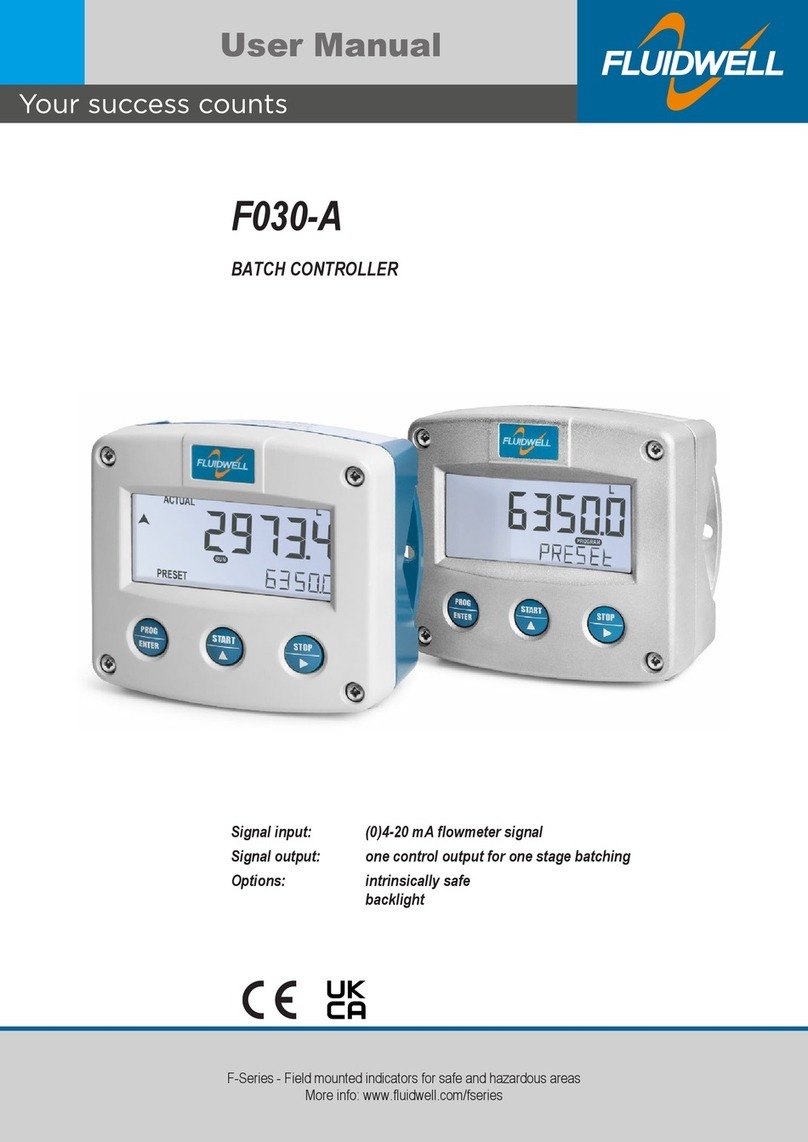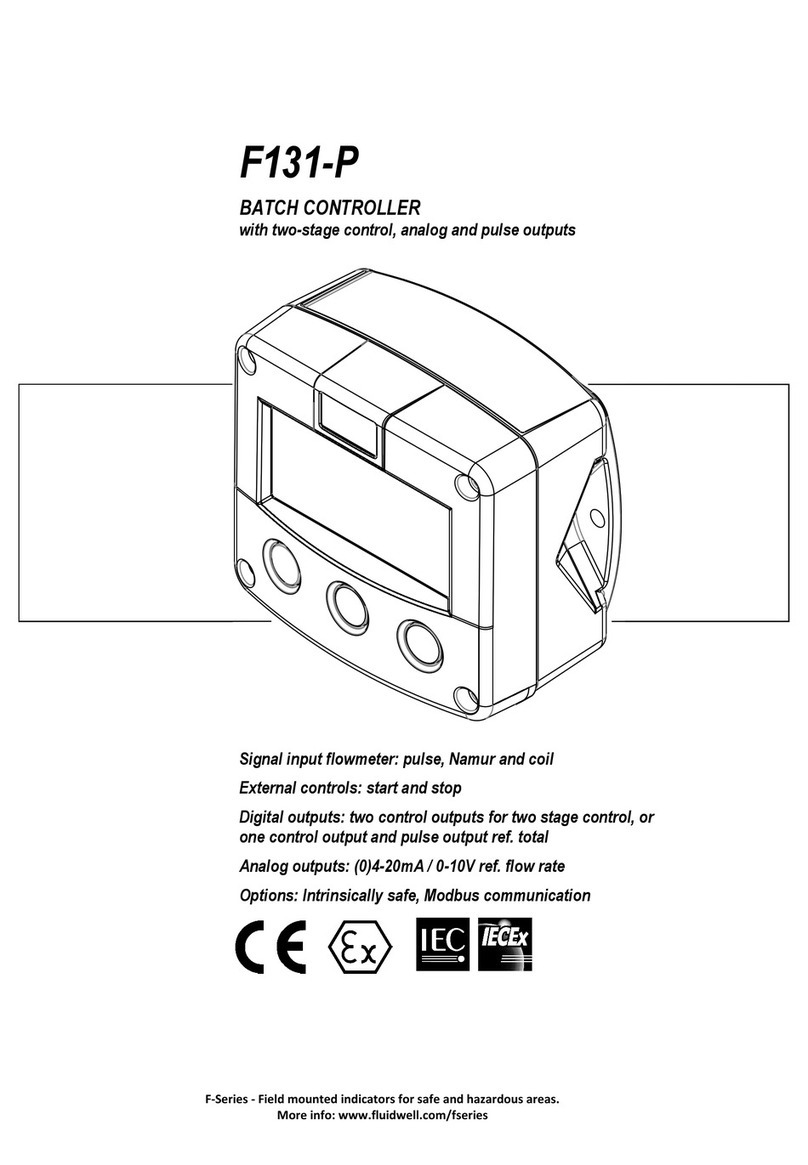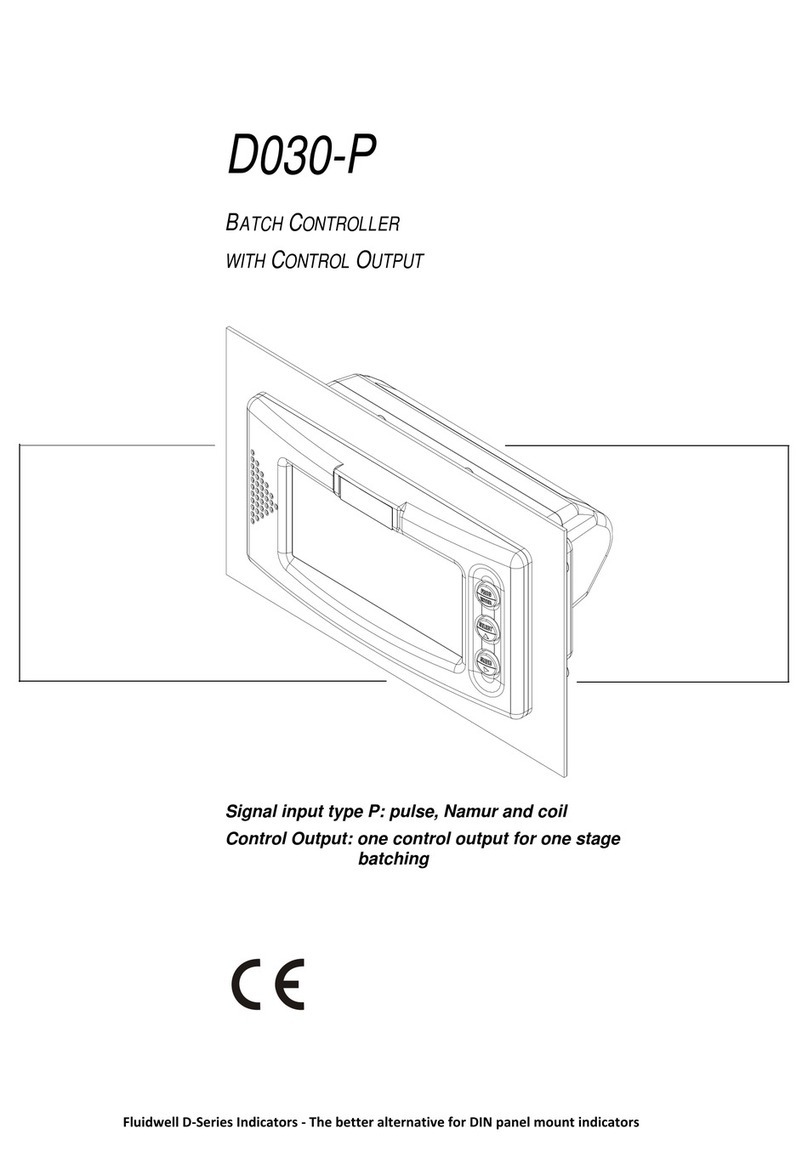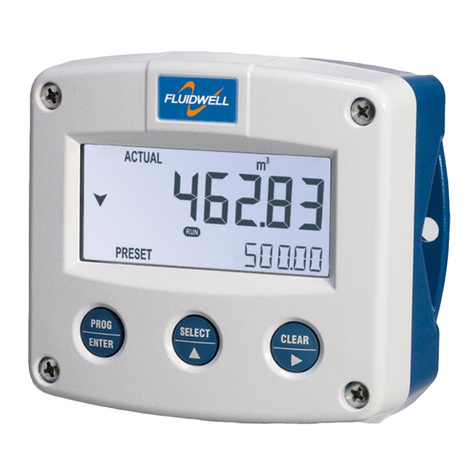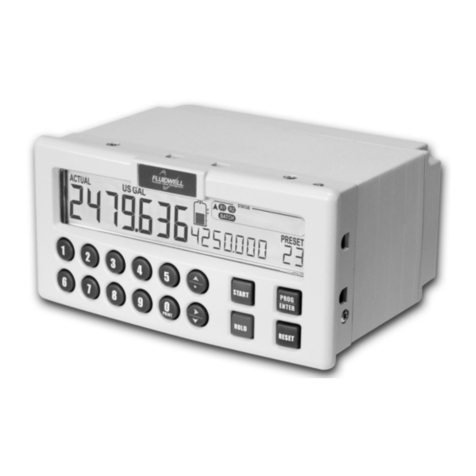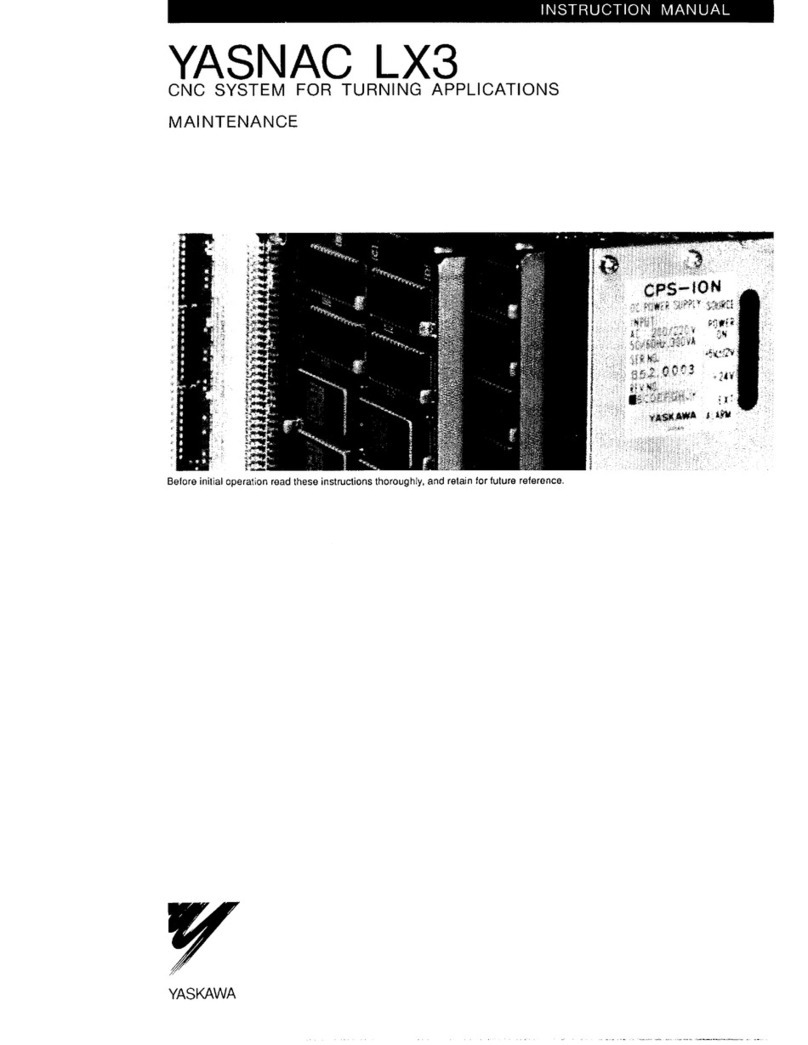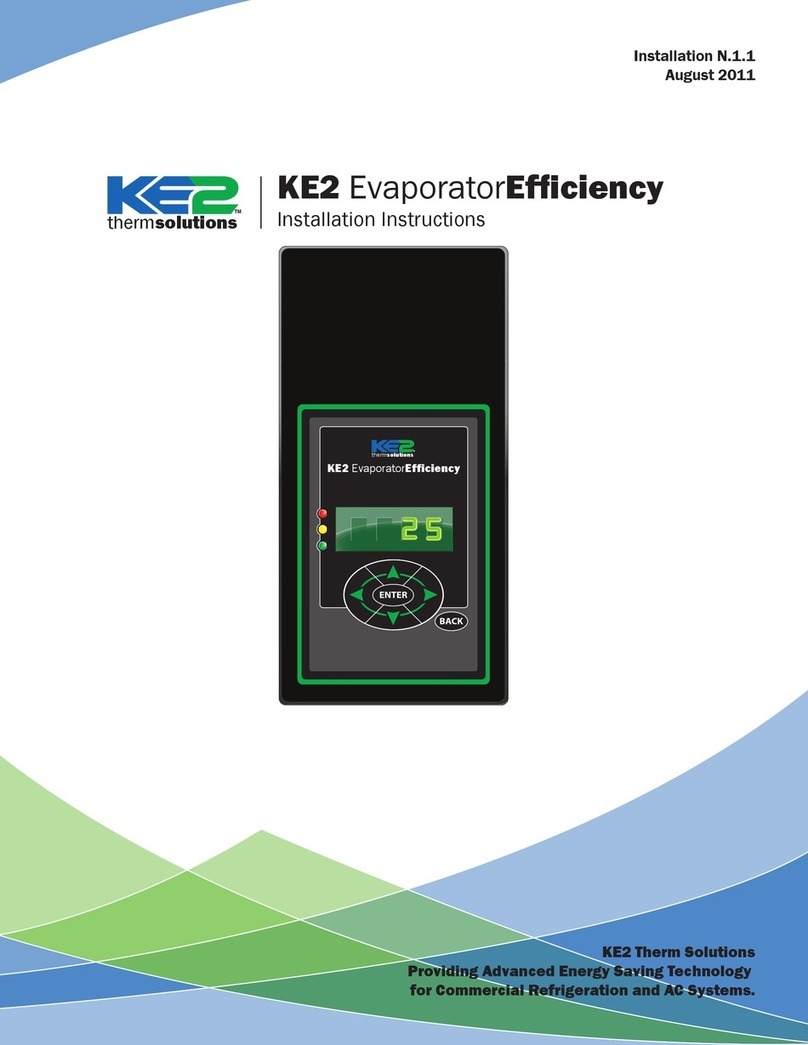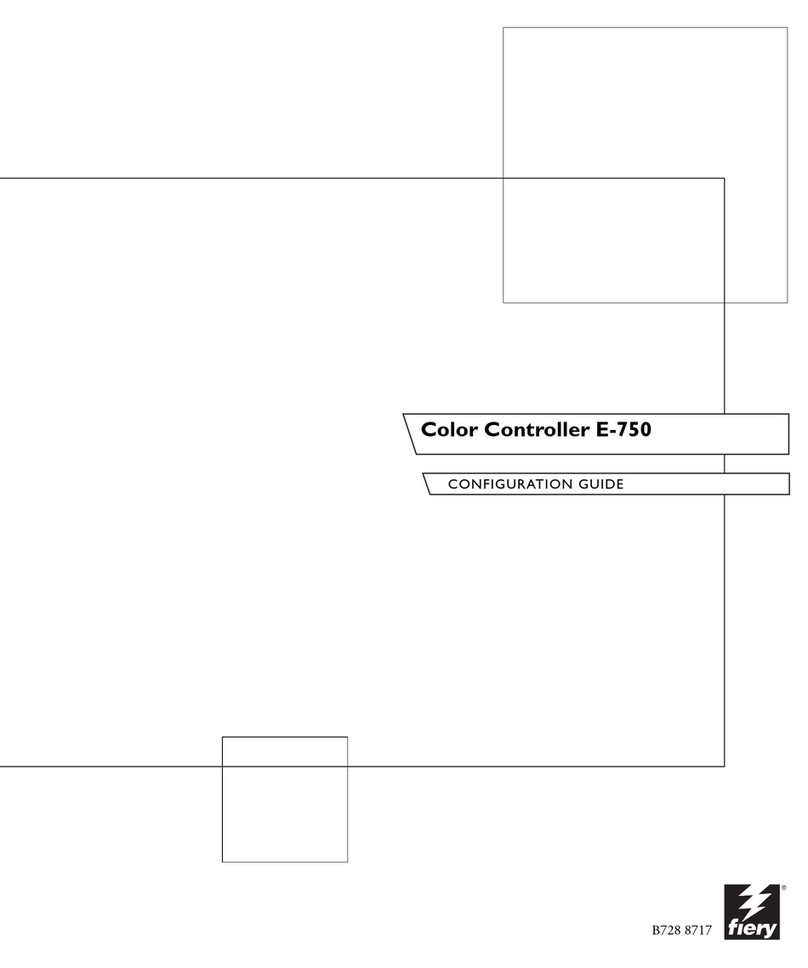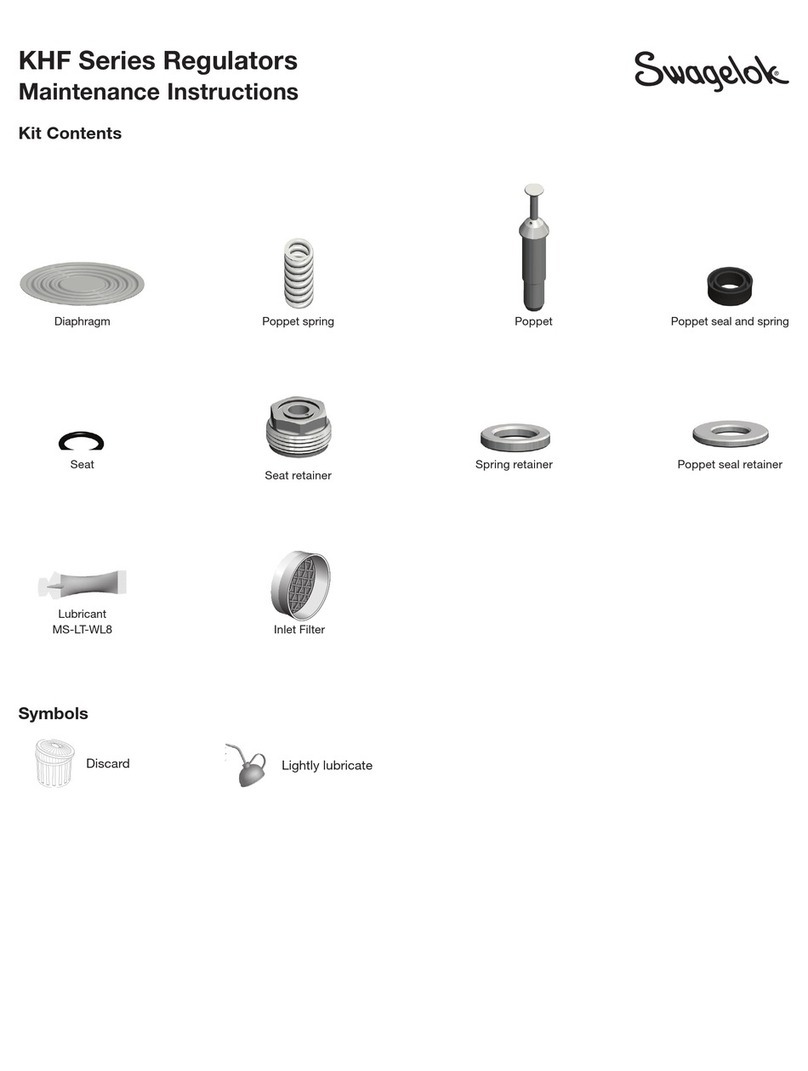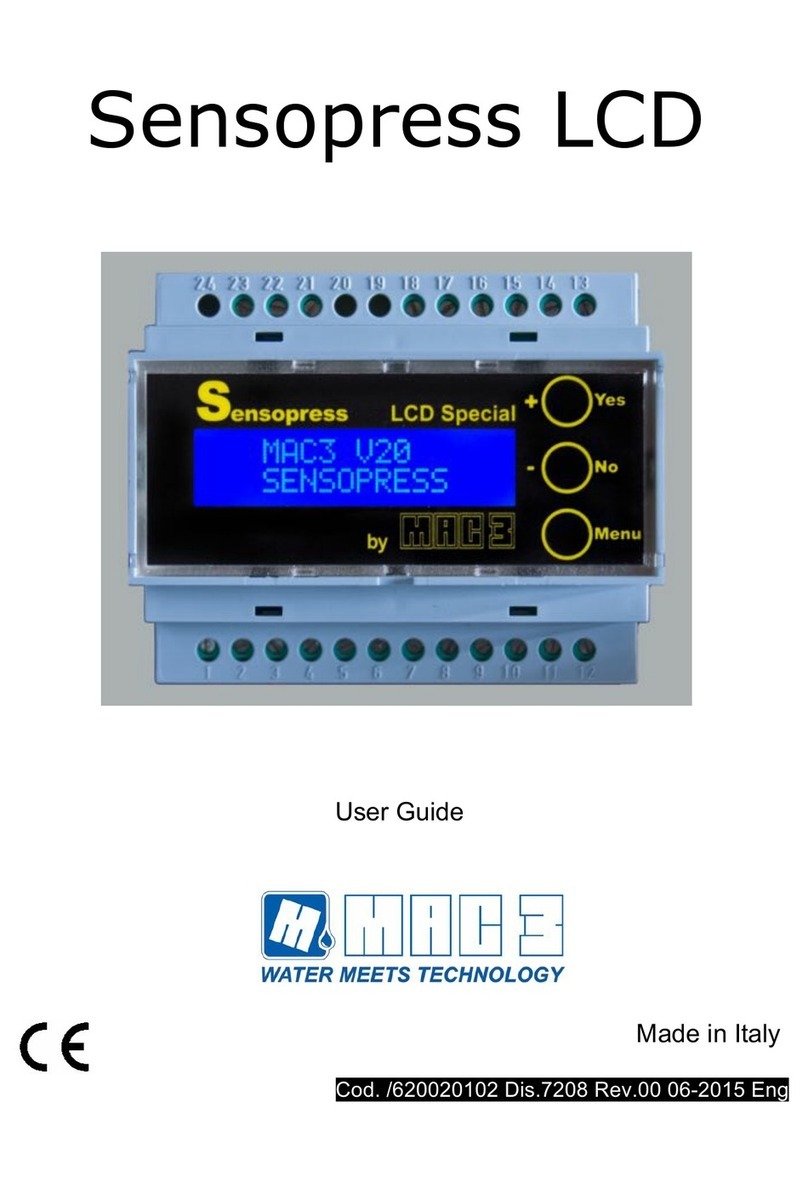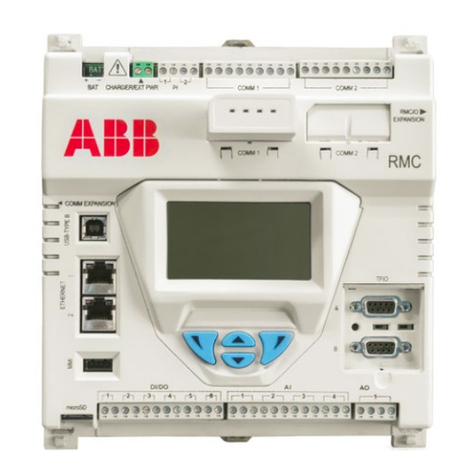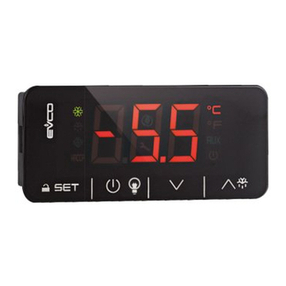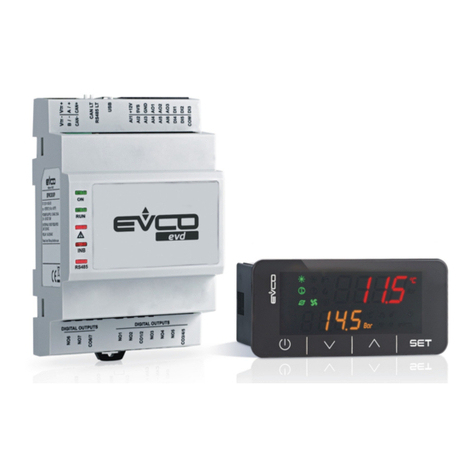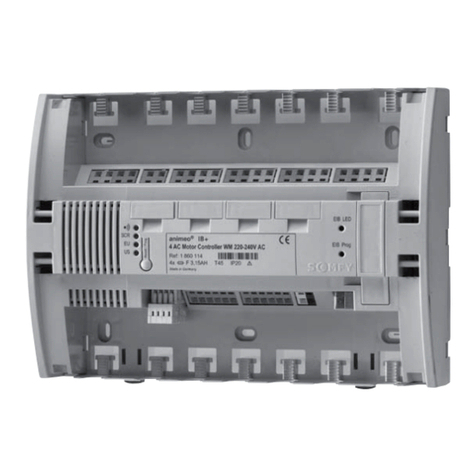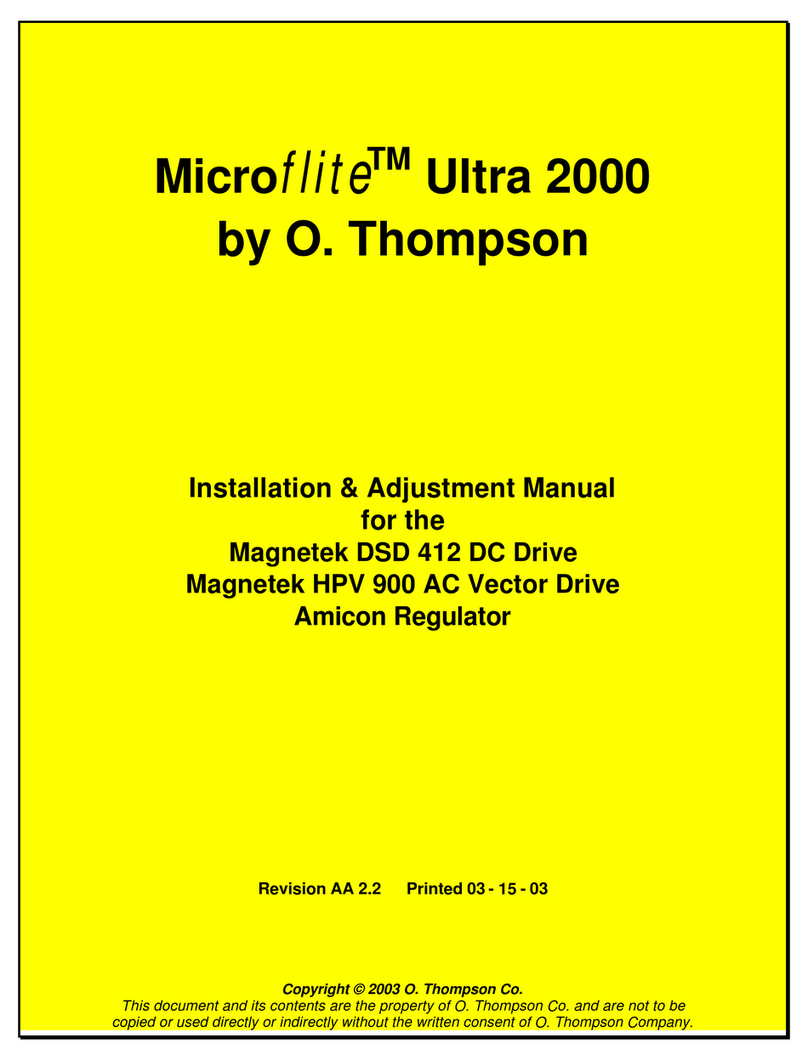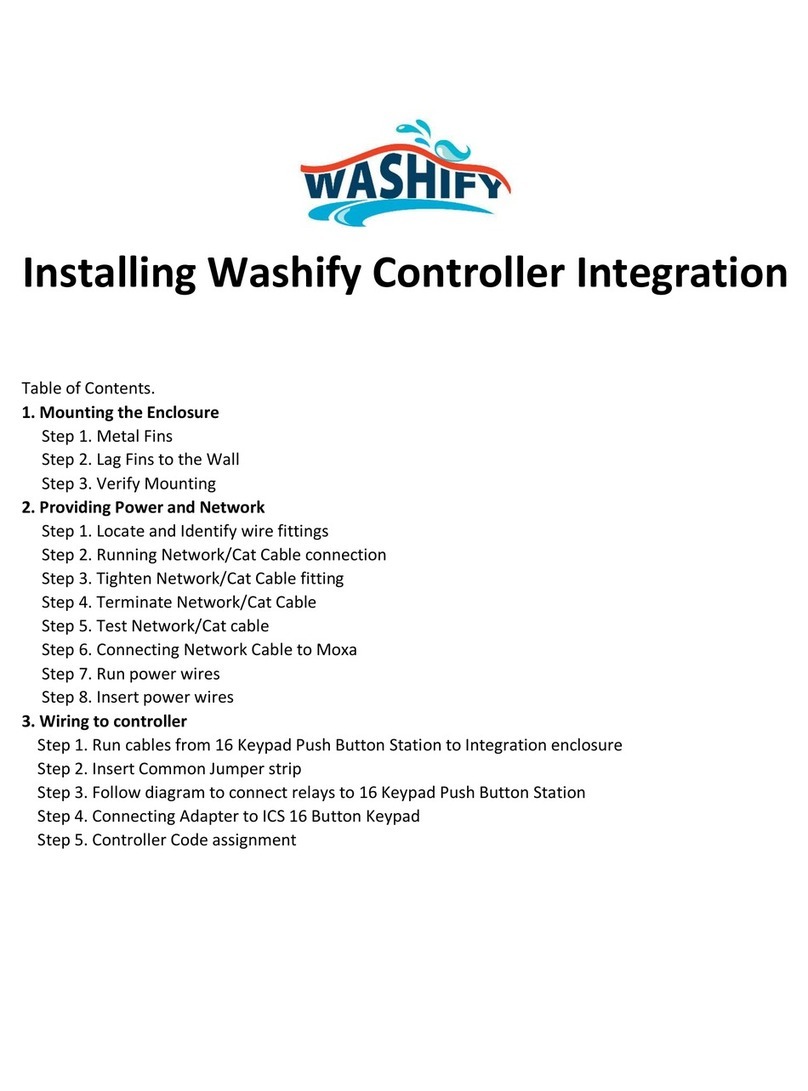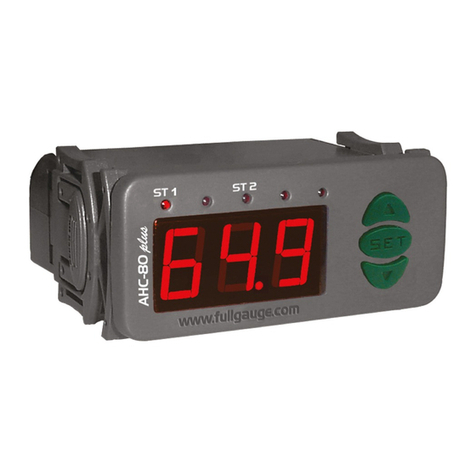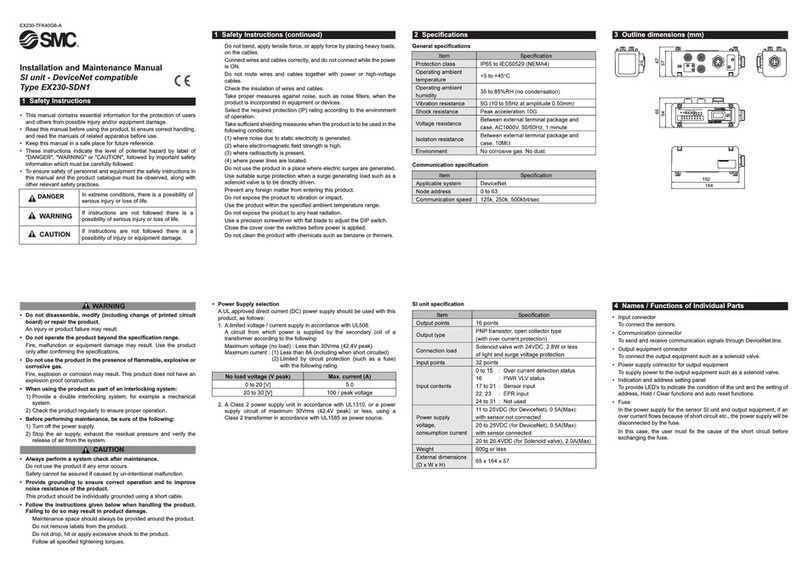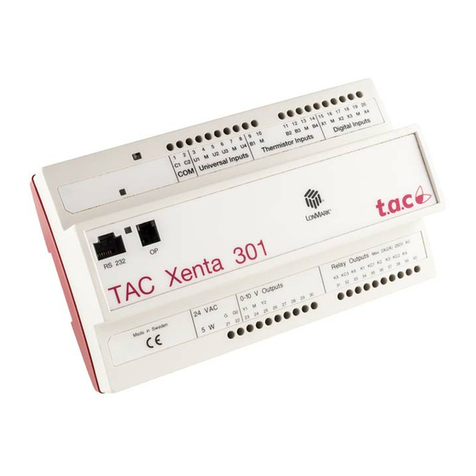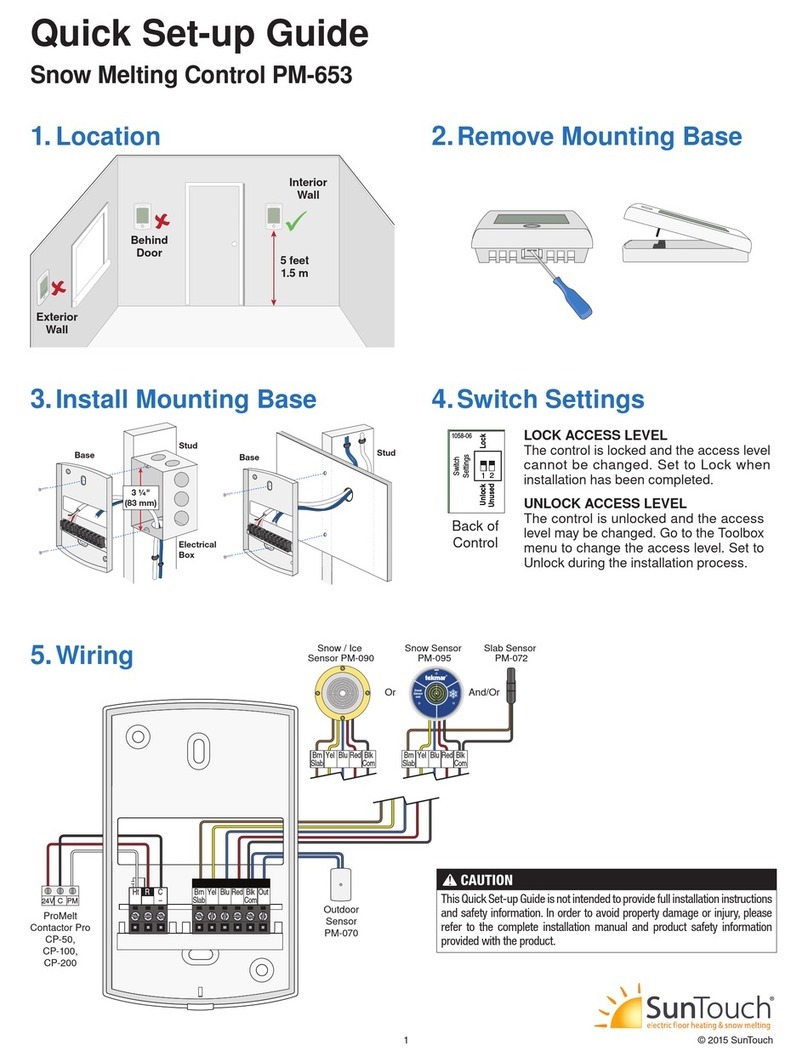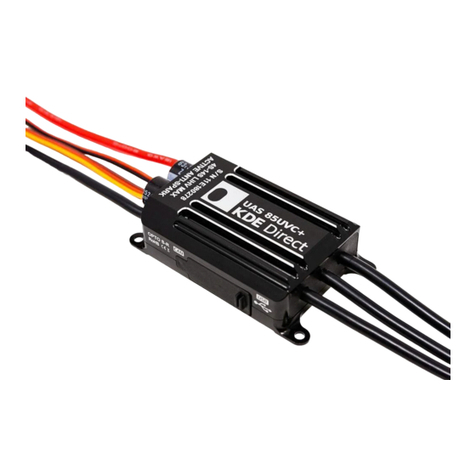CONTENTS MANUAL
Disclaimer..................................................................................................................................................3
Safety instructions......................................................................................................................................3
Federal Communications Committee (FCC)..............................................................................................3
Disposal - WEEE Directive.........................................................................................................................3
Safety rules and precautionary measures..................................................................................................3
Intended use..............................................................................................................................................4
UnIntended use..........................................................................................................................................4
Target group ..............................................................................................................................................4
Warranty and technical support .................................................................................................................4
About the operation manual.......................................................................................................................5
Contents manual........................................................................................................................................6
1. Introduction........................................................................................................................................7
1.1. System description of the N410-P.............................................................................................7
2. Operational......................................................................................................................................10
2.1. General...................................................................................................................................10
2.2. Control panel...........................................................................................................................10
2.3. Operator information and functions.........................................................................................11
2.4 Operator Alarms......................................................................................................................13
3. Installation.......................................................................................................................................14
3.1. General directions...................................................................................................................14
3.1.1. General installation overview..................................................................................................14
3.2. Mechnical installation..............................................................................................................14
3.2.1. Dimensions enclosure.............................................................................................................14
3.2.2. Installation / surrounding conditions........................................................................................15
3.2.3. Preparation .............................................................................................................................15
3.2.4. Install the unit into the cabinet (panel).....................................................................................16
3.3 Electrical installation................................................................................................................16
3.3.1. Introduction .............................................................................................................................16
3.3.2. Voltage selection sensor supply..............................................................................................16
3.3.3. Terminal connectors................................................................................................................17
4. Configuration...................................................................................................................................23
4.1. Introduction.............................................................................................................................23
4.2. Programming SETUP-level.....................................................................................................23
4.2.1. General...................................................................................................................................23
4.2.2. Overview functions SETUP level.............................................................................................25
4.2.3. Explanation OF SETUP 1 - Preset..........................................................................................26
4.2.4. Explanation OF SETUP 2 - Overrun .......................................................................................26
4.2.5. Explanation OF SETUP 3 - Flowrate.......................................................................................26
4.2.6. Explanation OF SETUP 4 - Alarm...........................................................................................27
4.2.7. Explanation OF SETUP 5 - Display.........................................................................................27
4.2.8. Explanation OF SETUP 6 - Flowmeter....................................................................................27
4.2.9. Explanation OF SETUP 7 - Control.........................................................................................28
4.2.10. Explanation OF SETUP 8 - Communication ...........................................................................29
4.2.11. Explanation OF SETUP 9 - Others..........................................................................................29
5. Maintenance....................................................................................................................................30
5.1. General directions...................................................................................................................30
5.2. Repair .....................................................................................................................................30
5.3. Repair policy ...........................................................................................................................30
Appendix A: Technical specification.........................................................................................................31
Appendix B: Problem solving...................................................................................................................33
Appendix C: Communication modbus variables.......................................................................................34
Appendix D: Declaration of conformity.....................................................................................................37
Index of this manual.................................................................................................................................38
List of figures in this manual.....................................................................................................................38




















